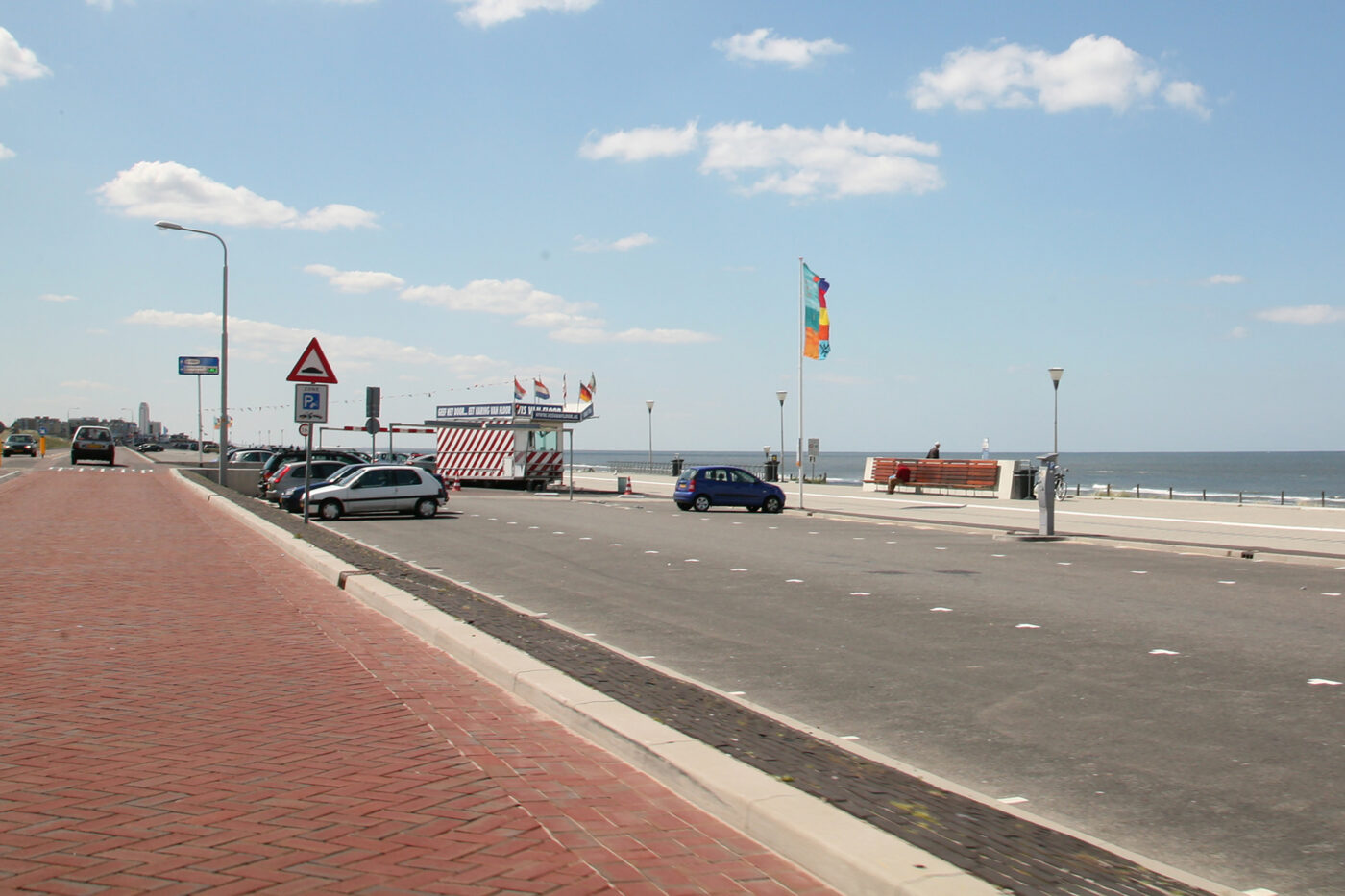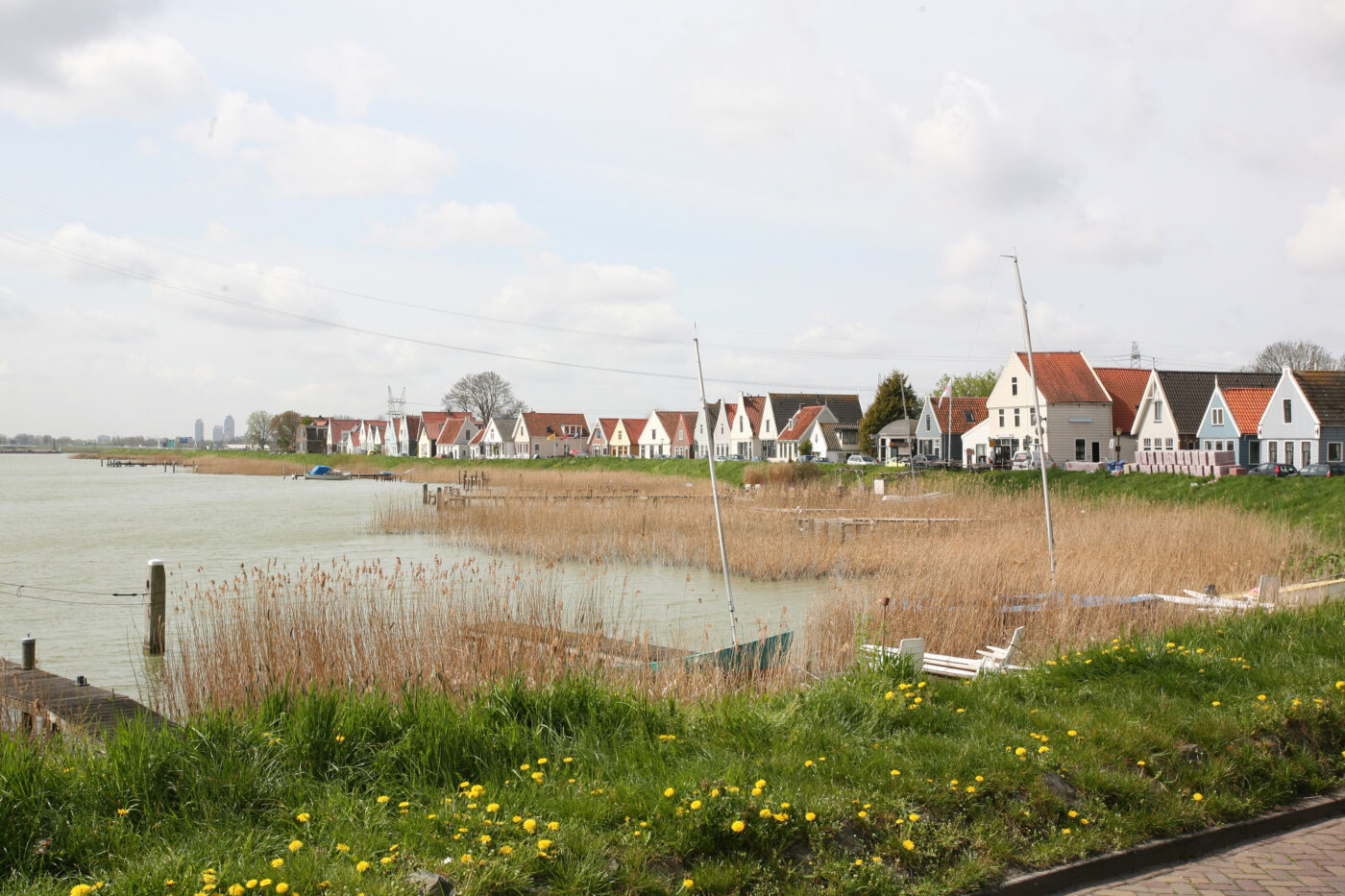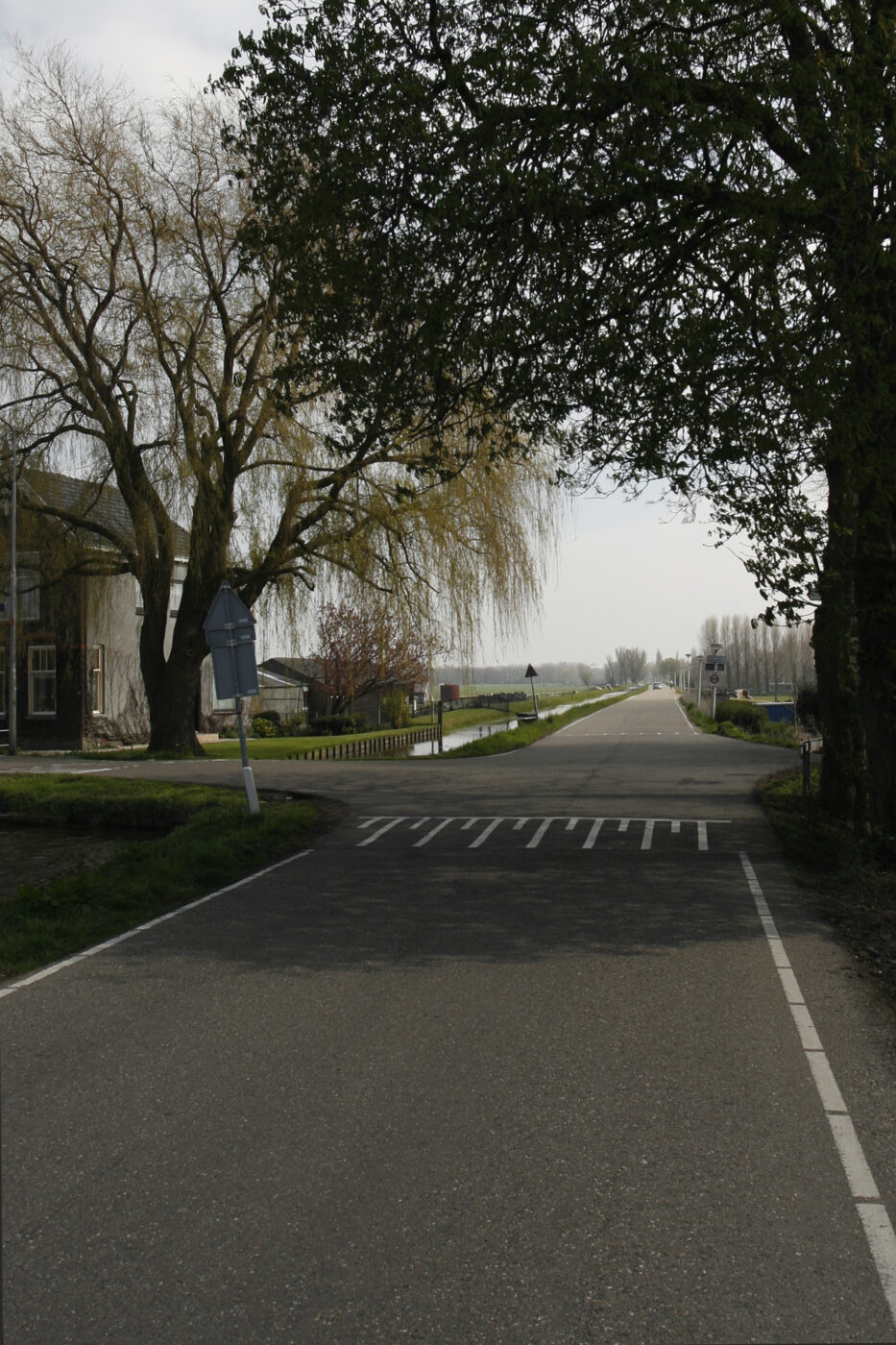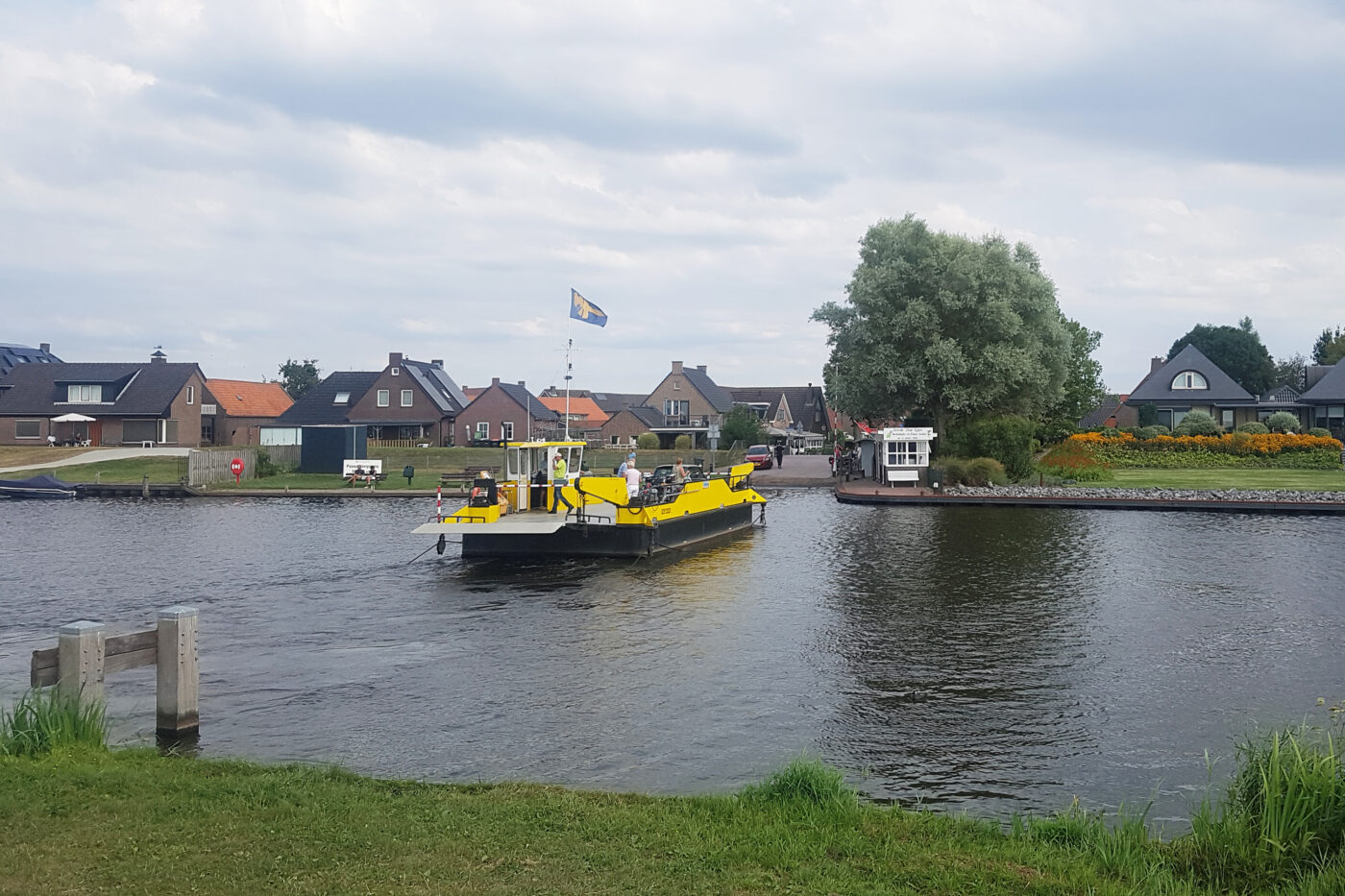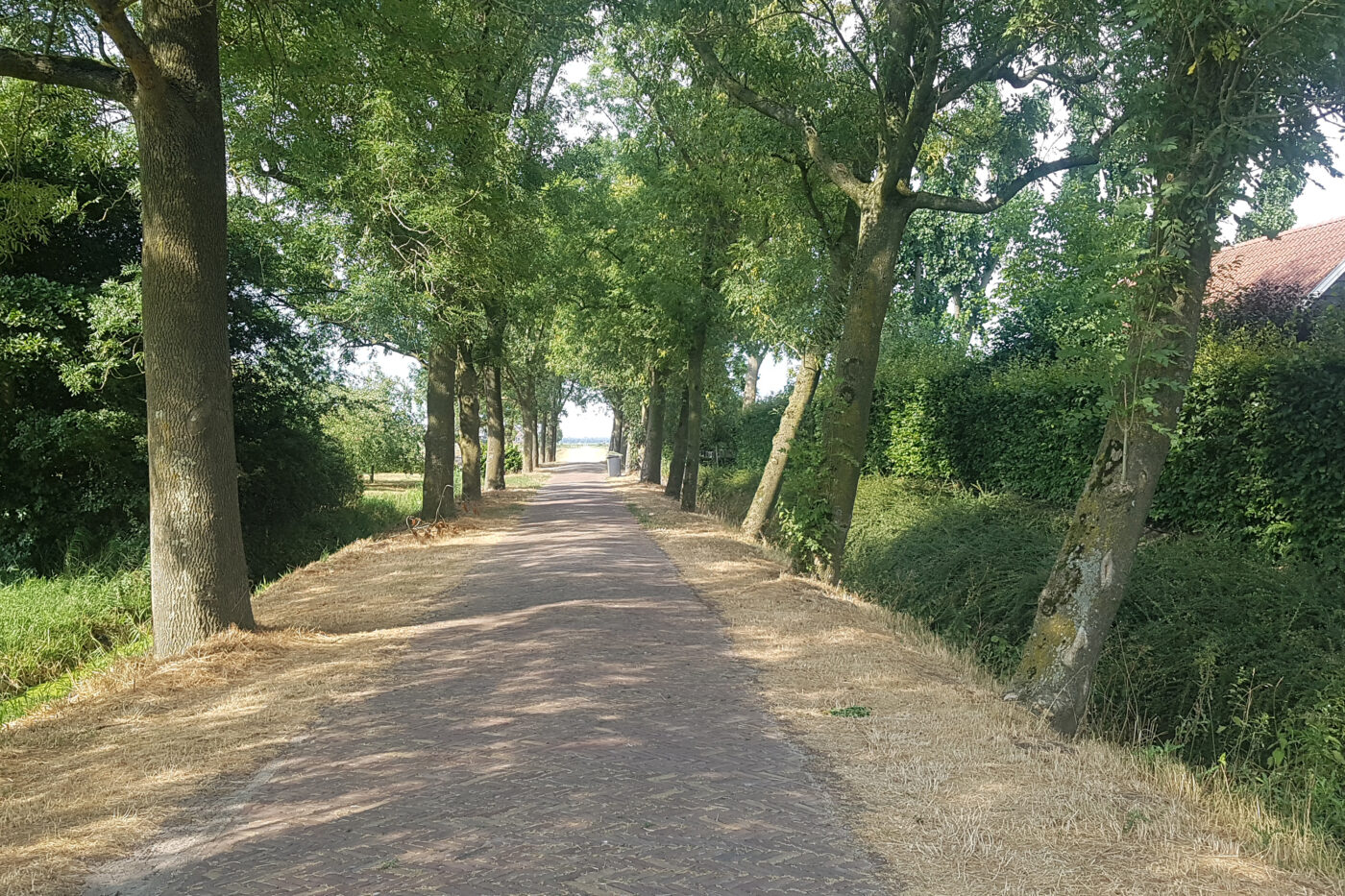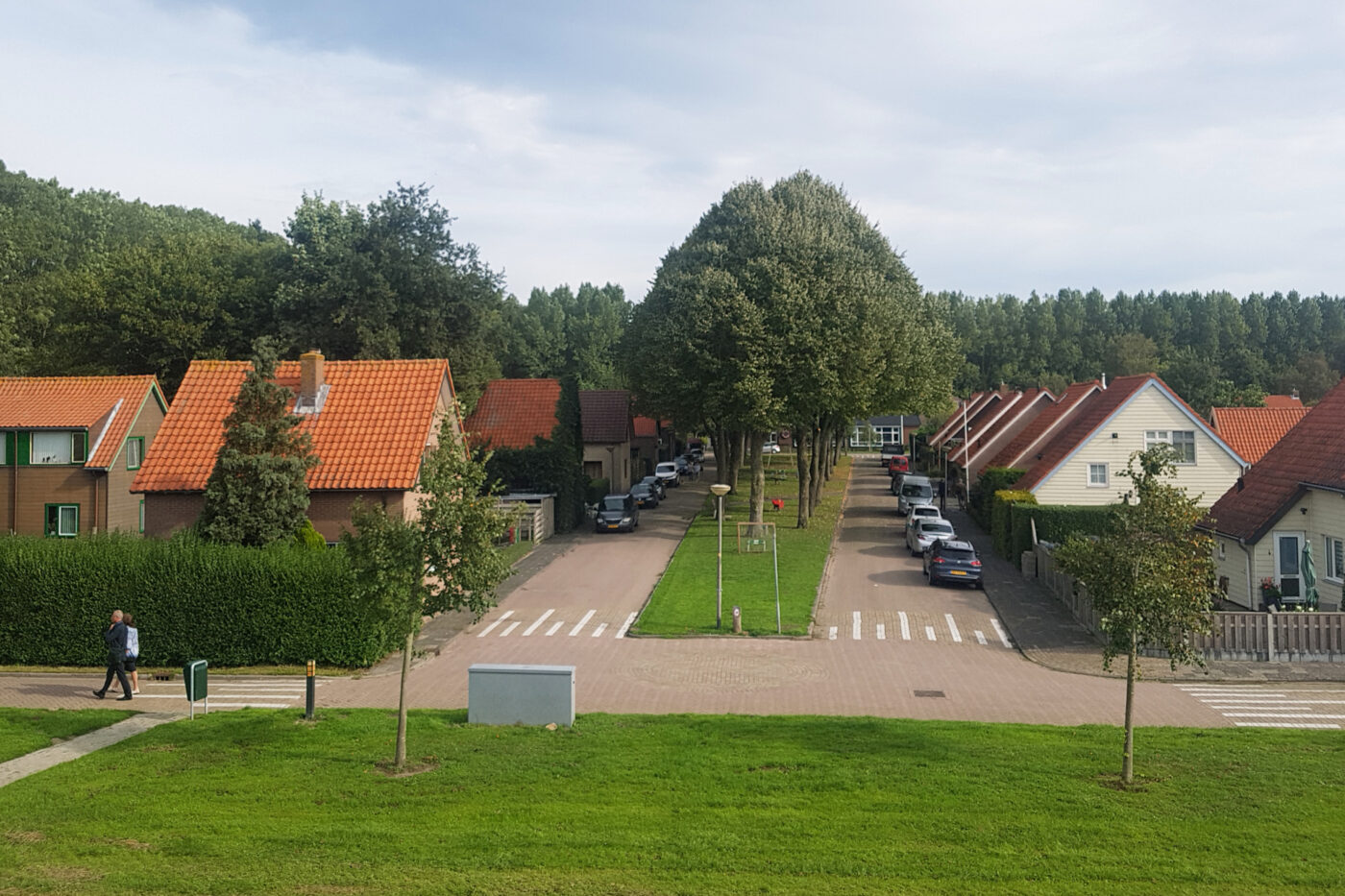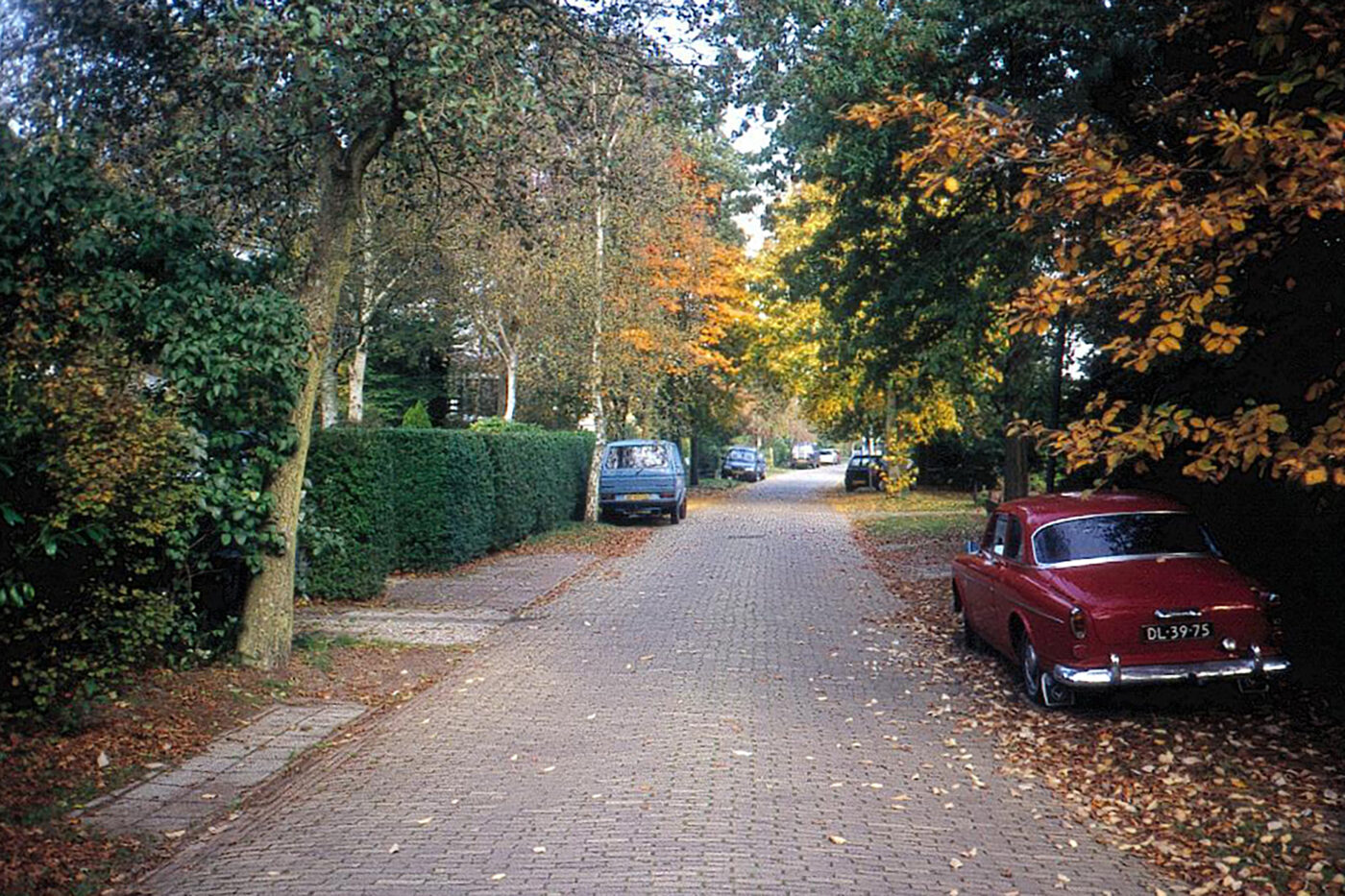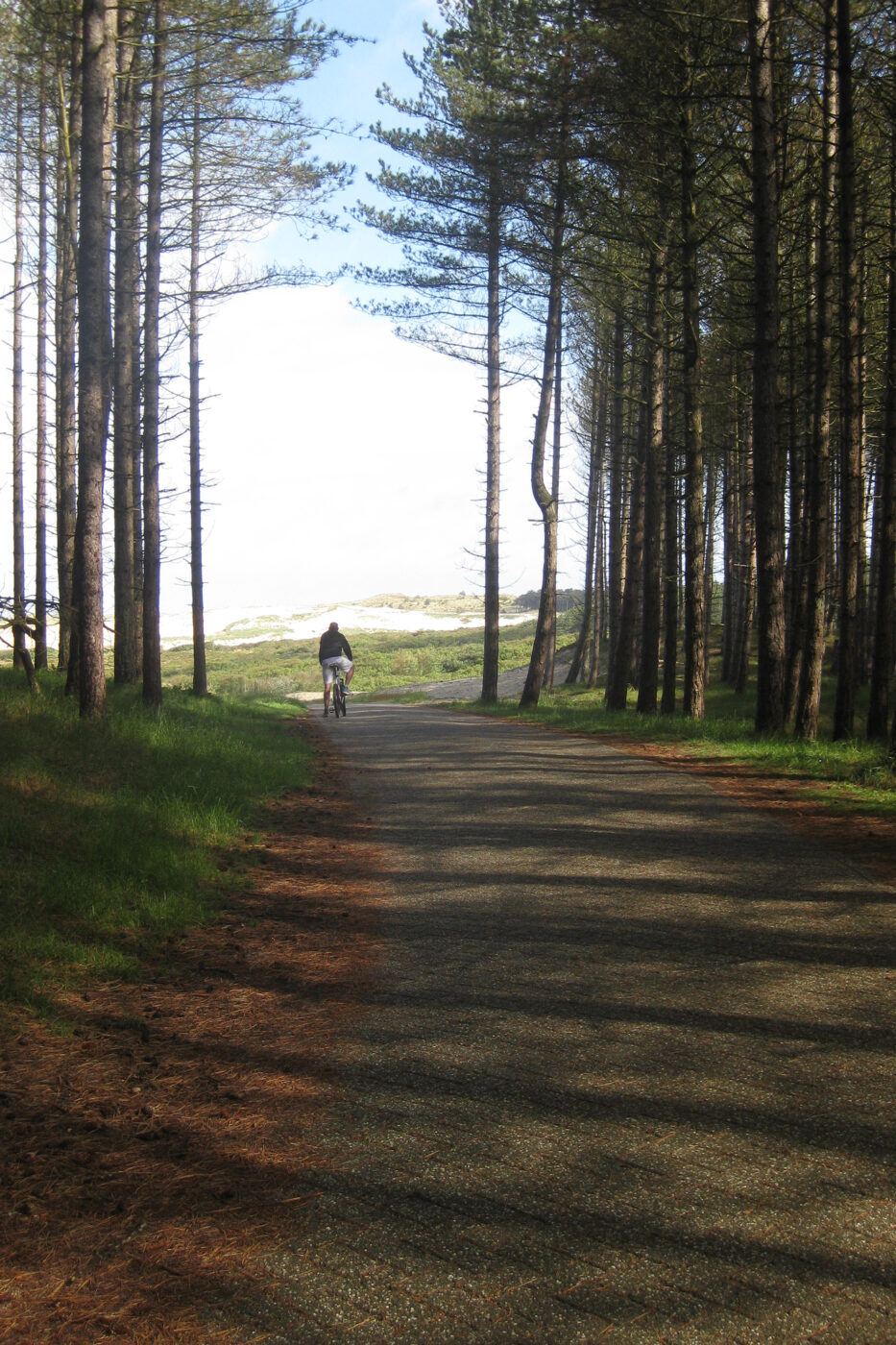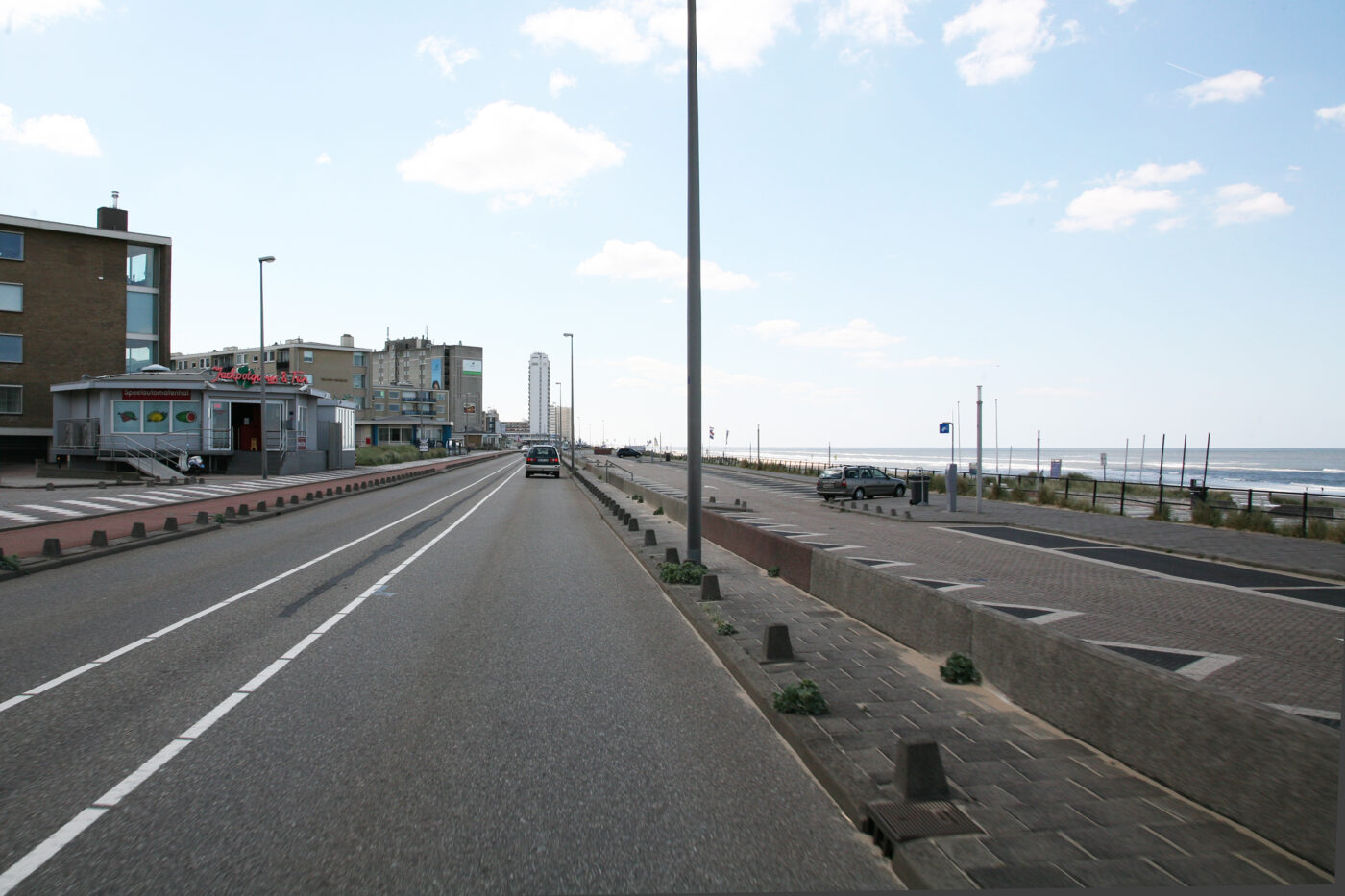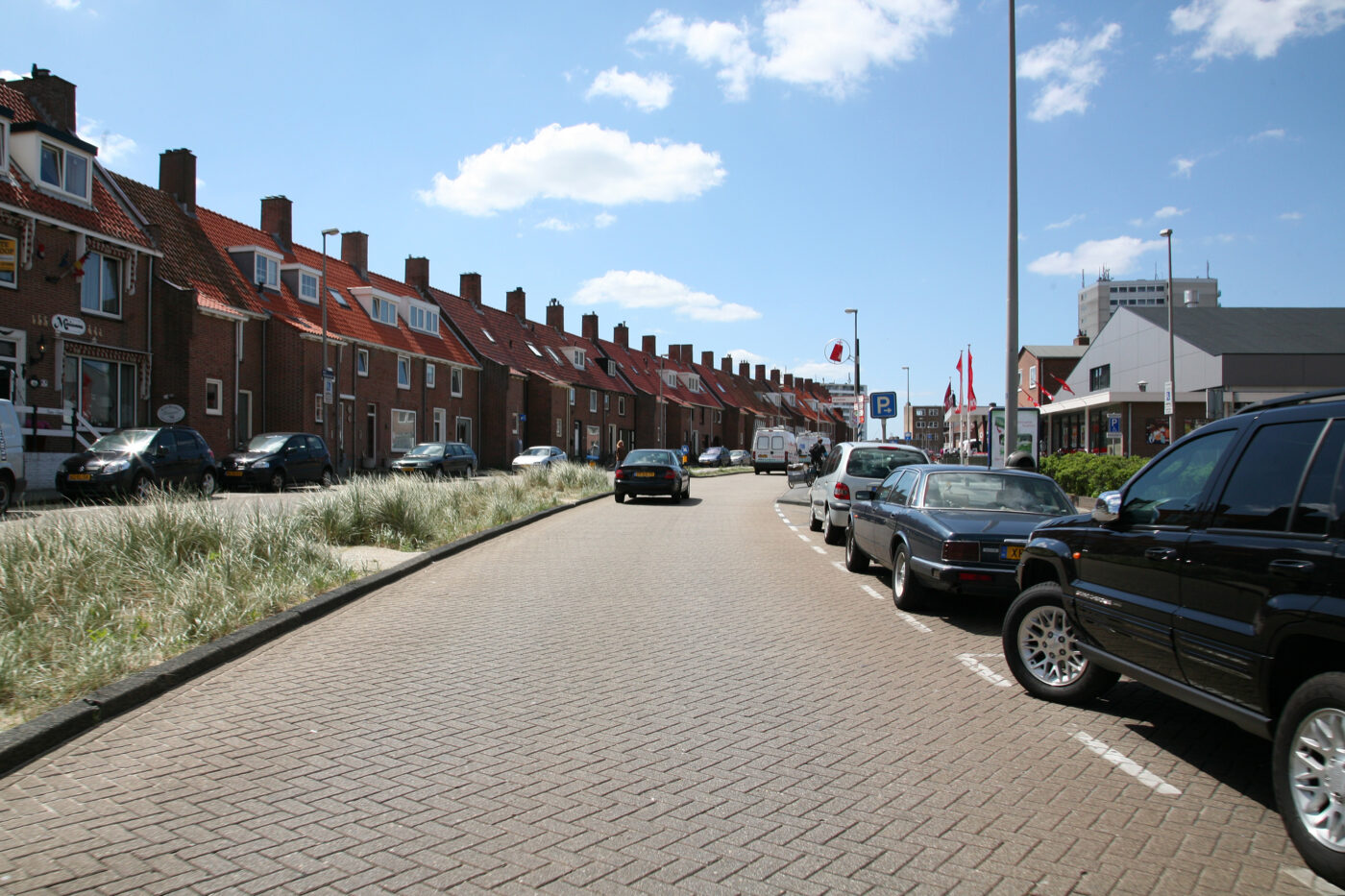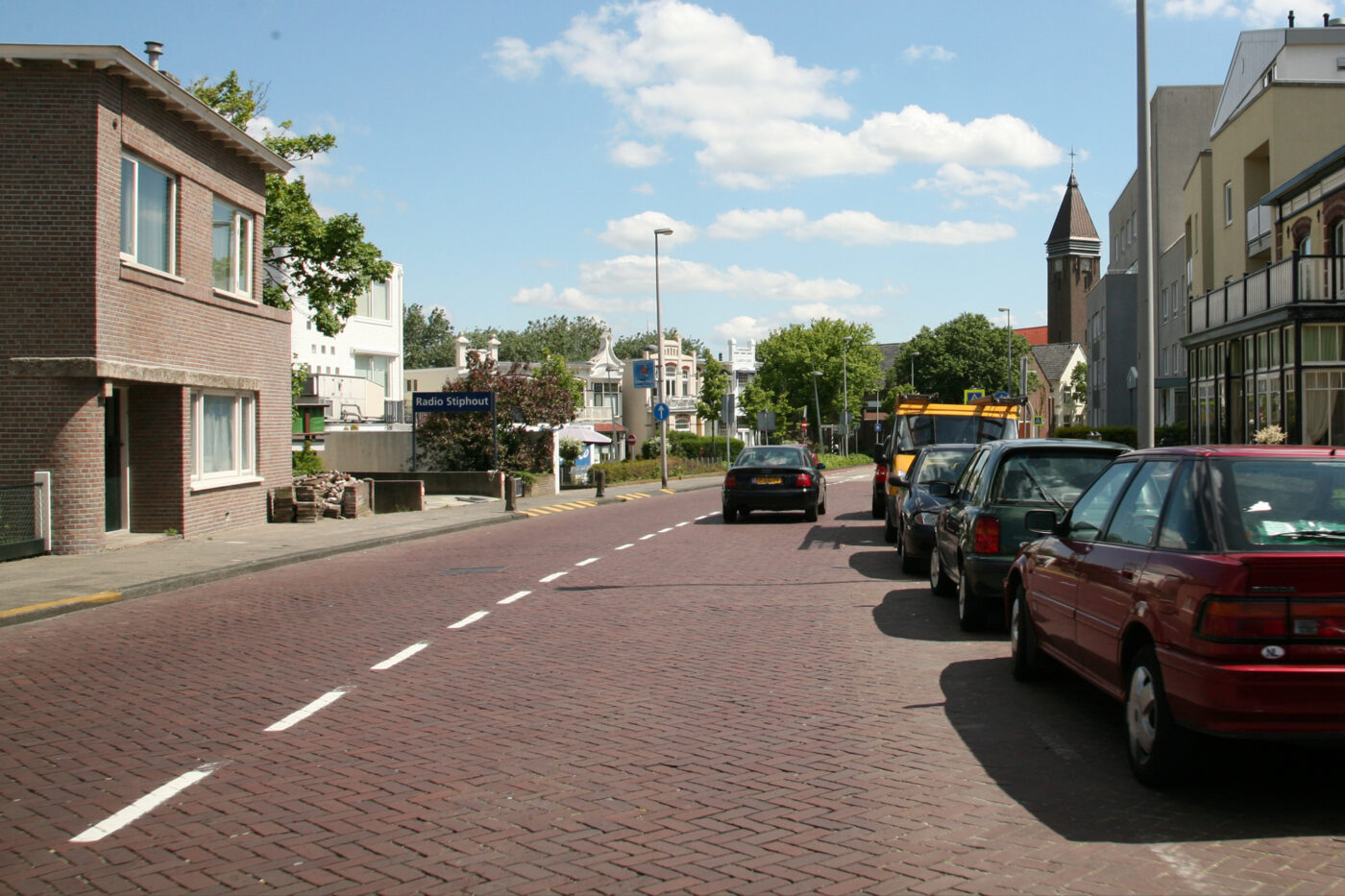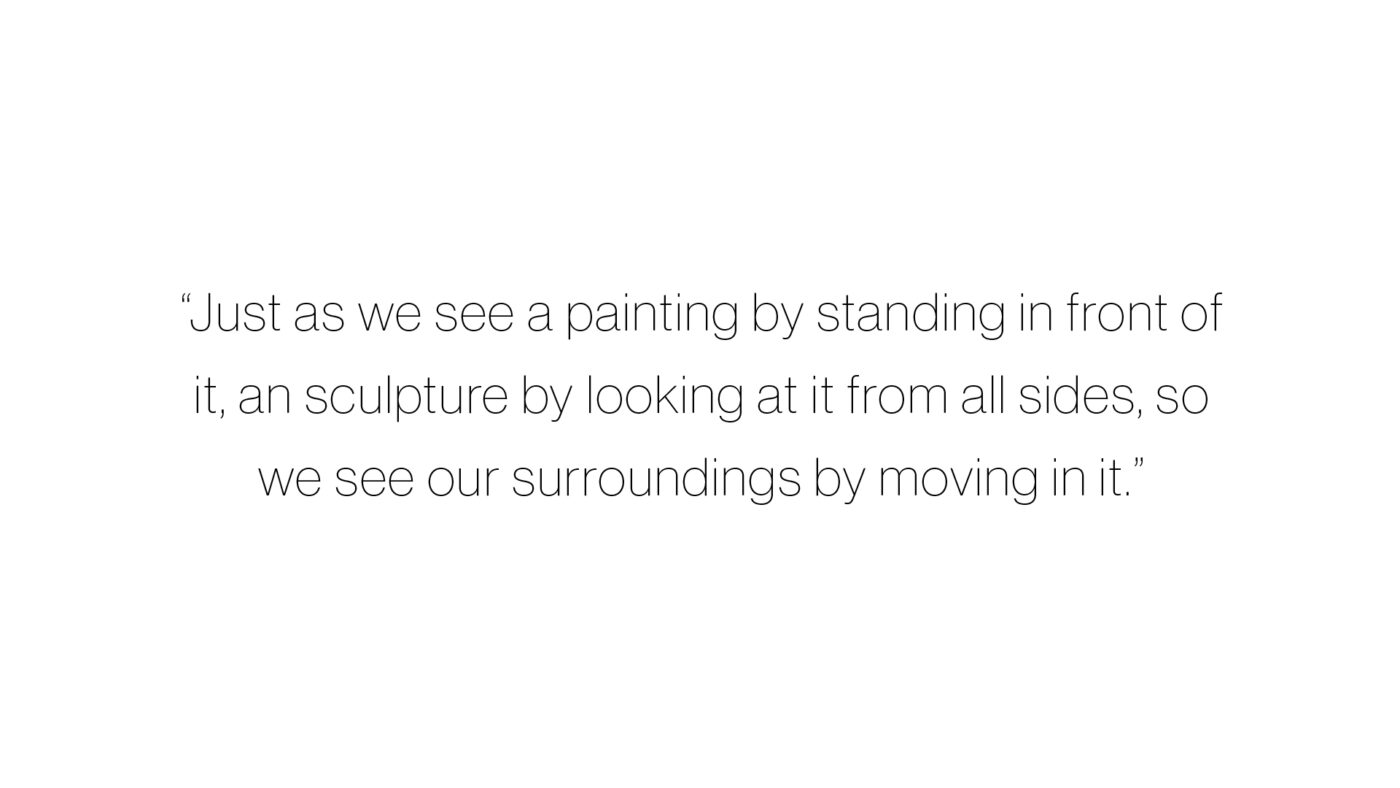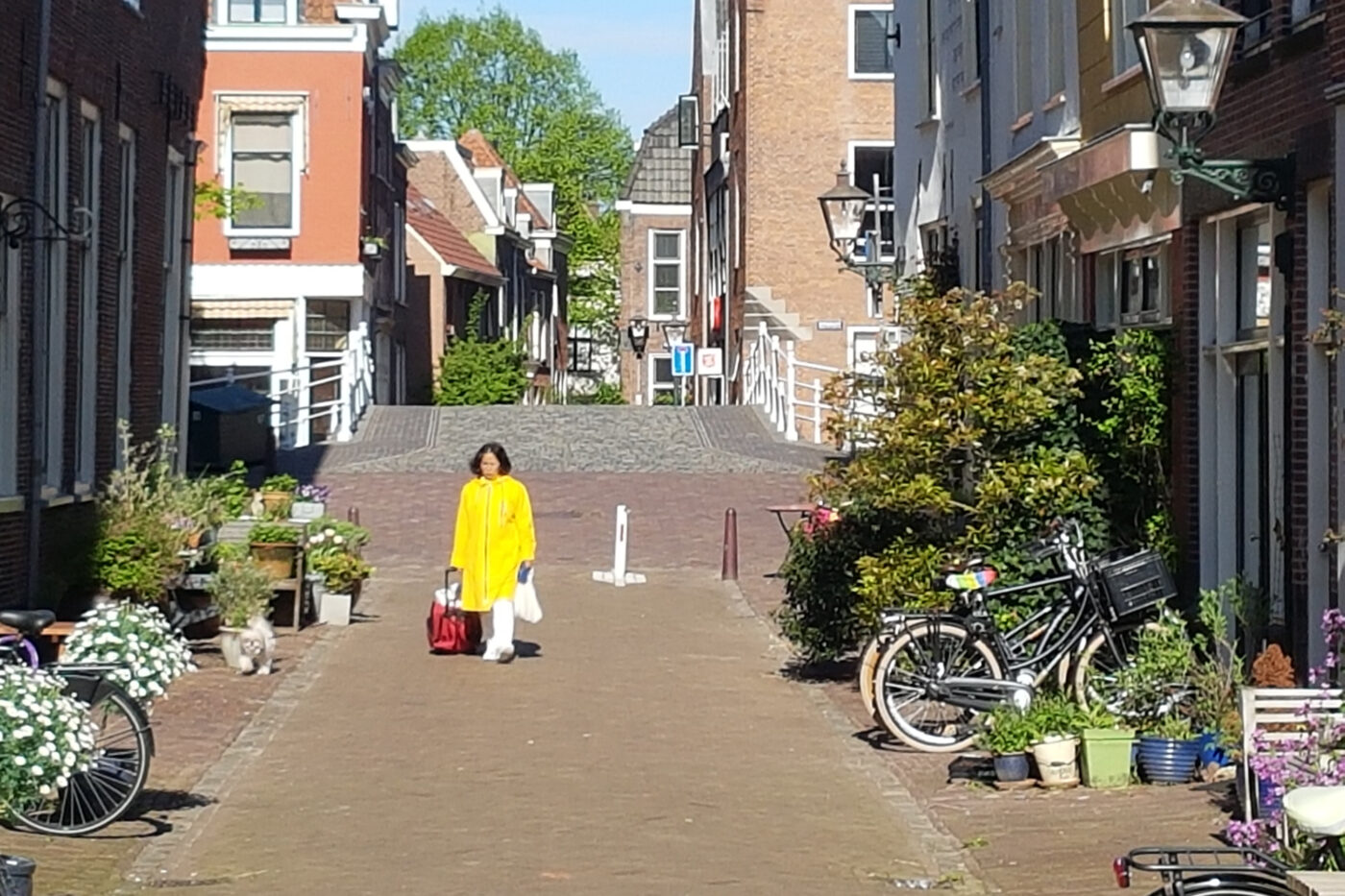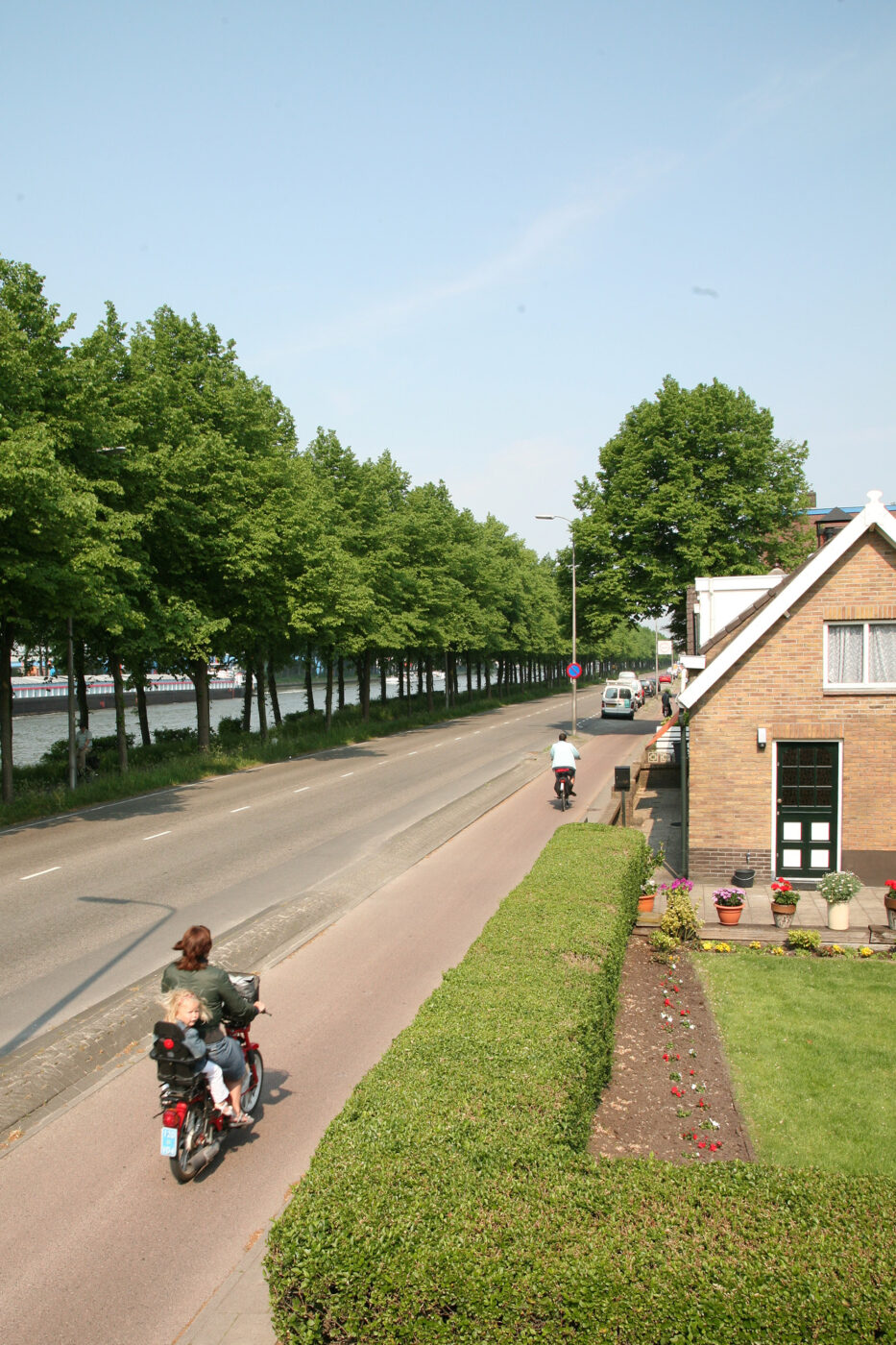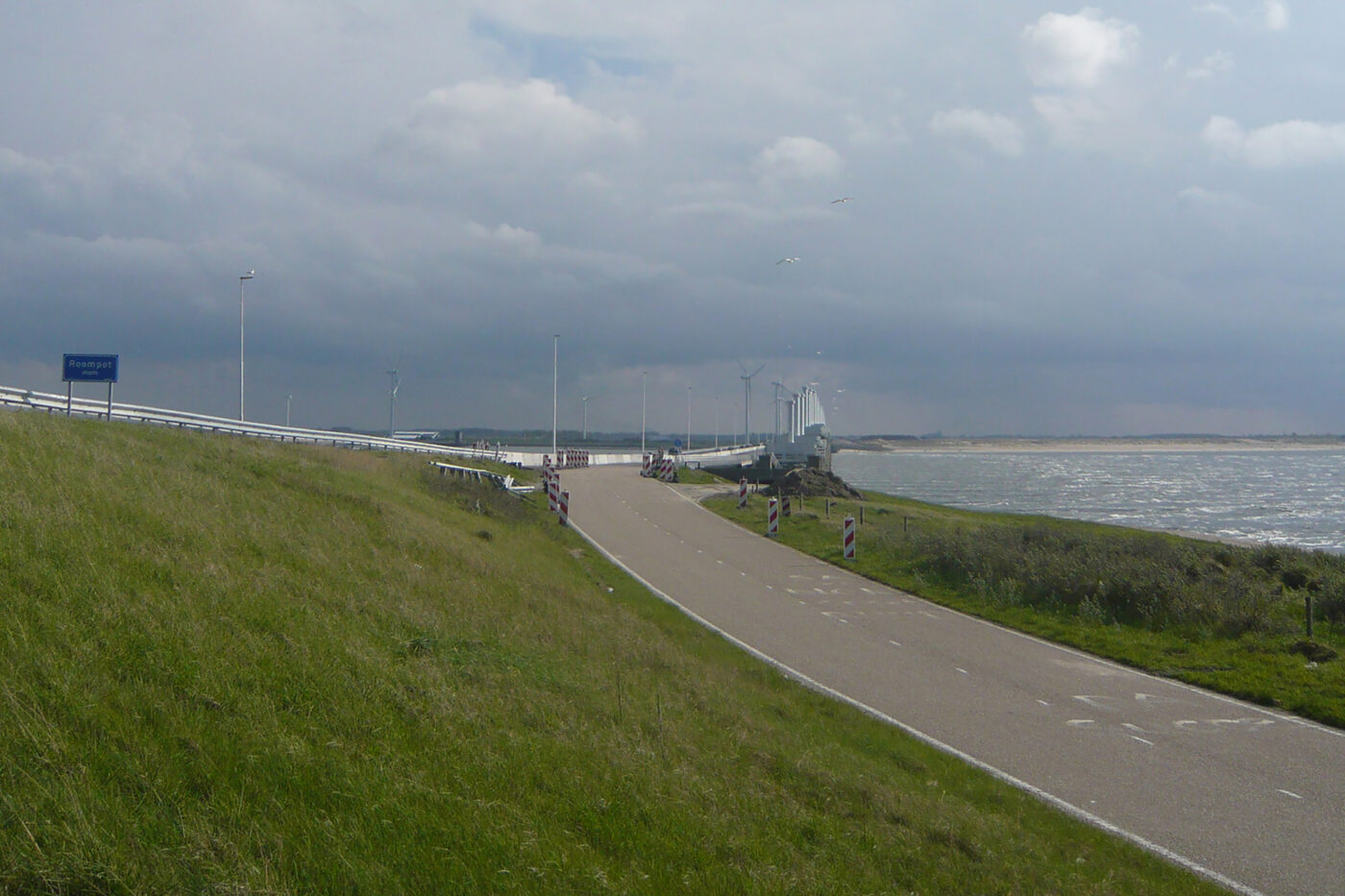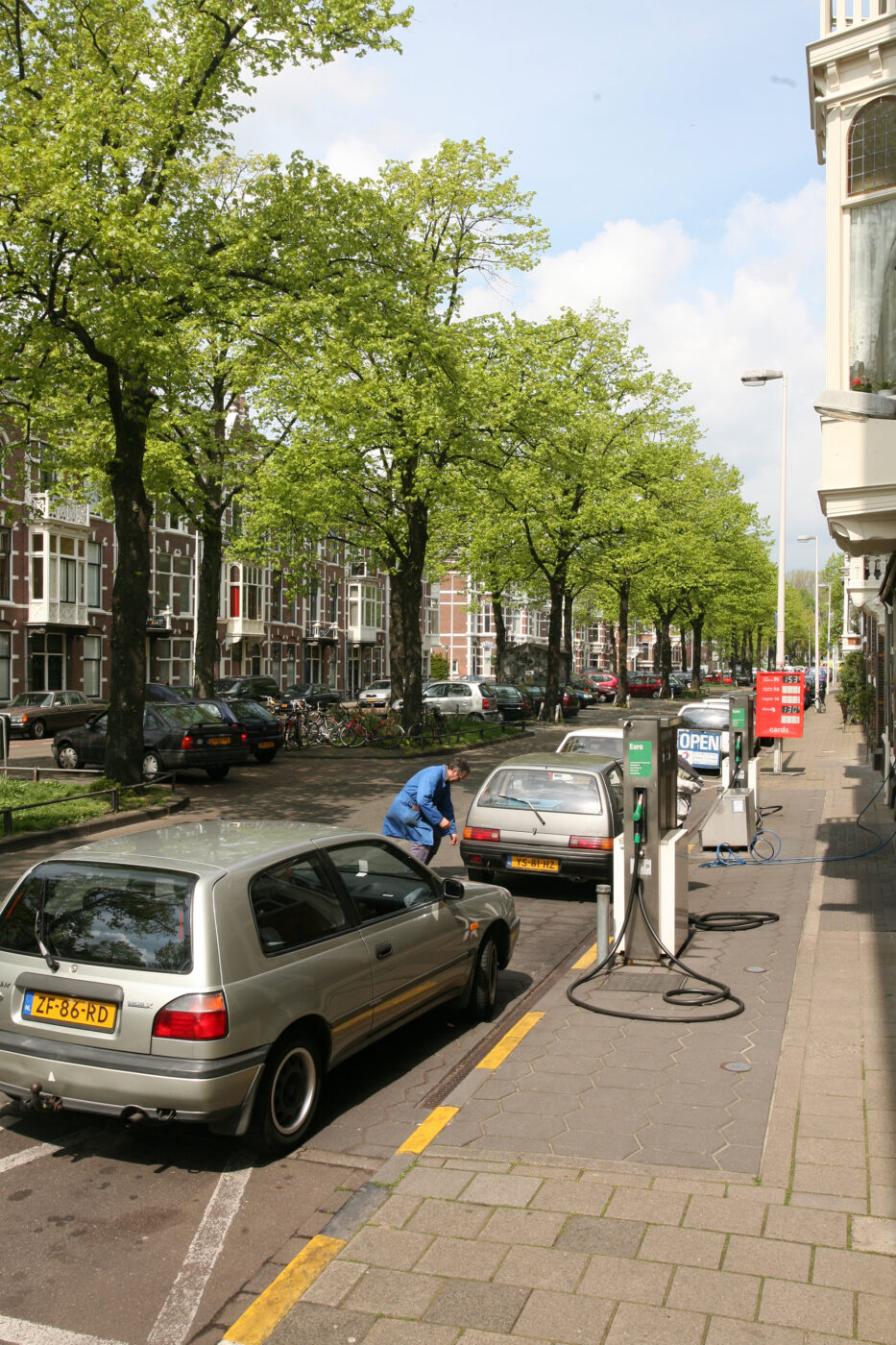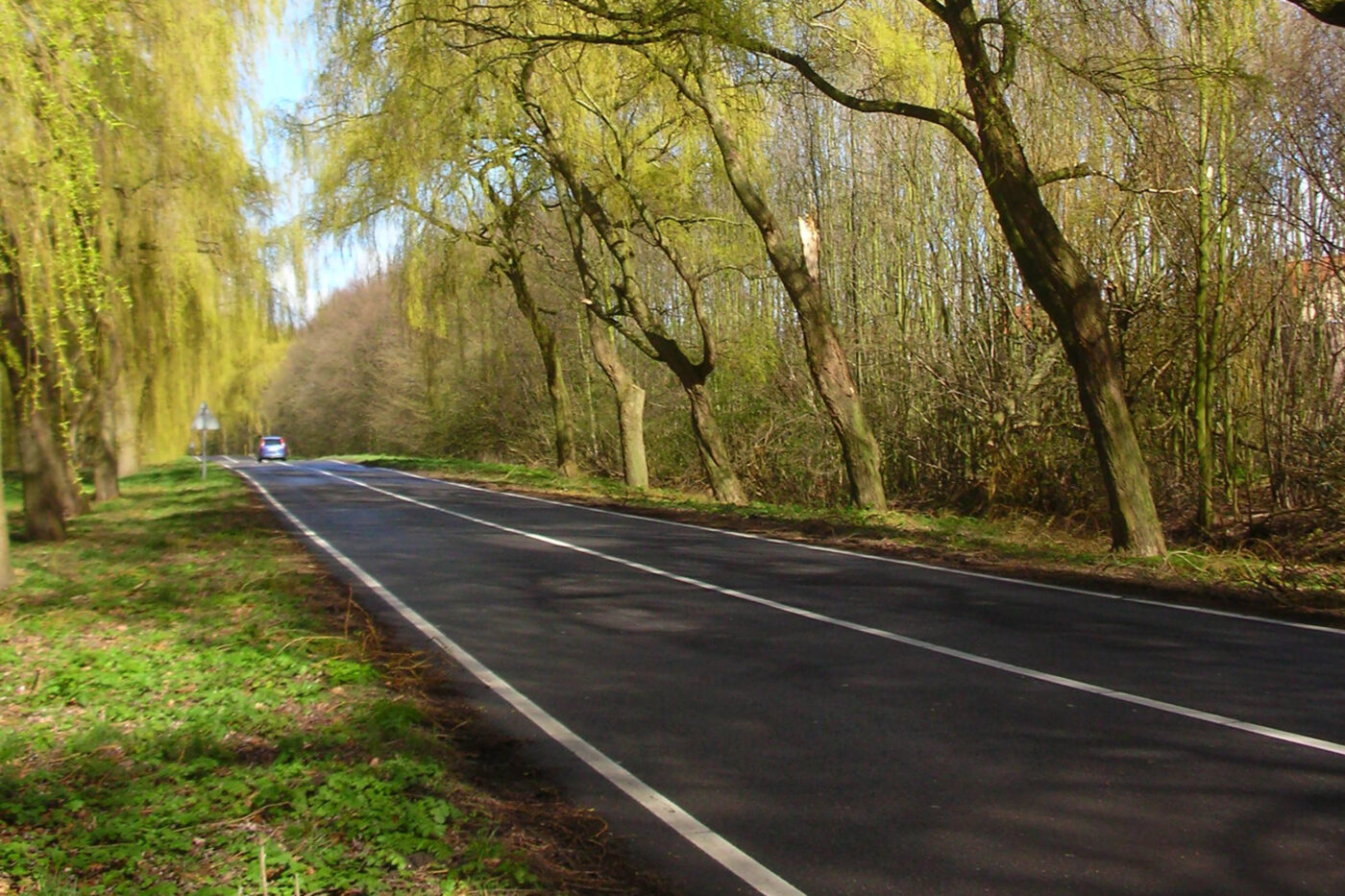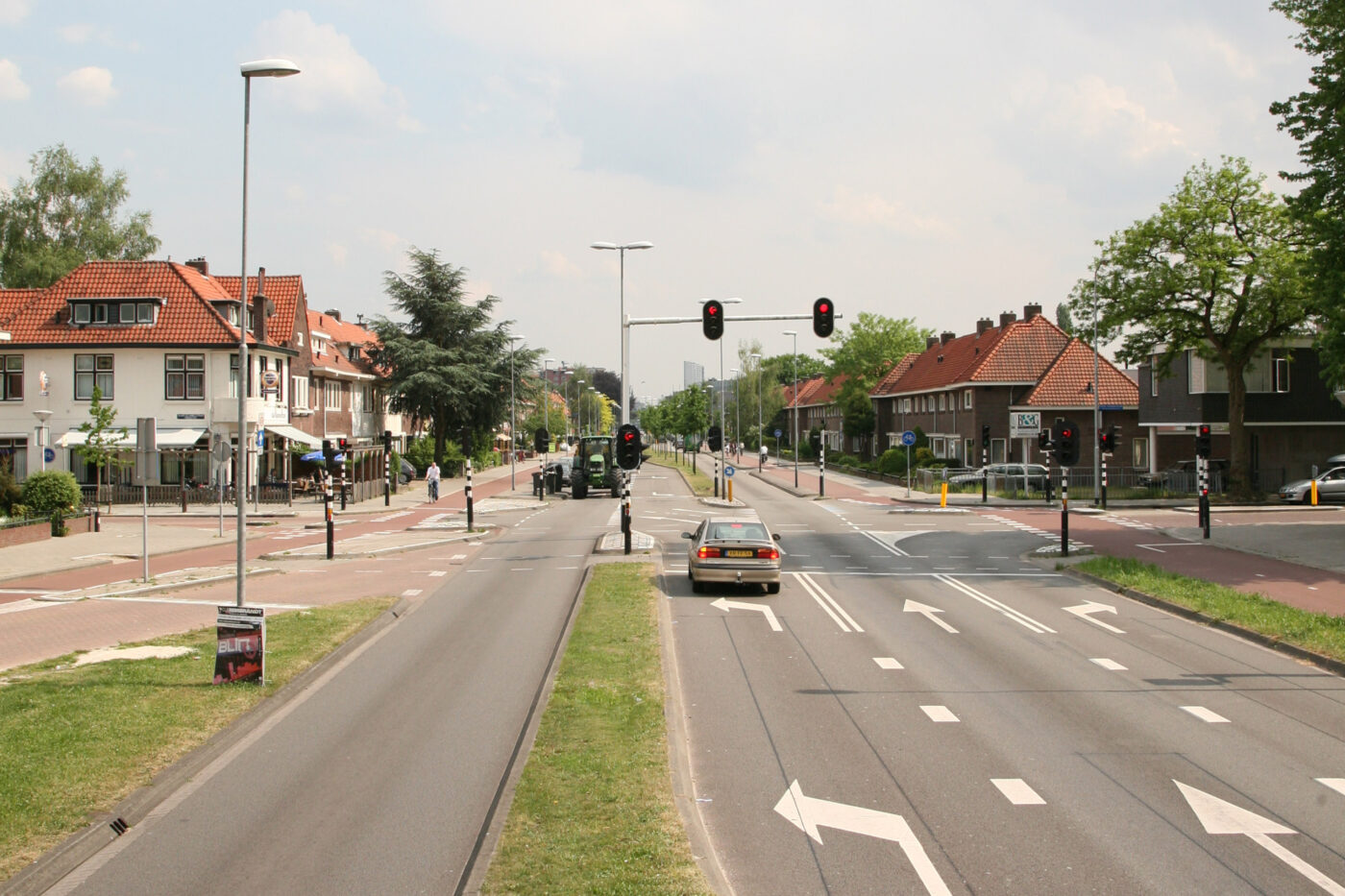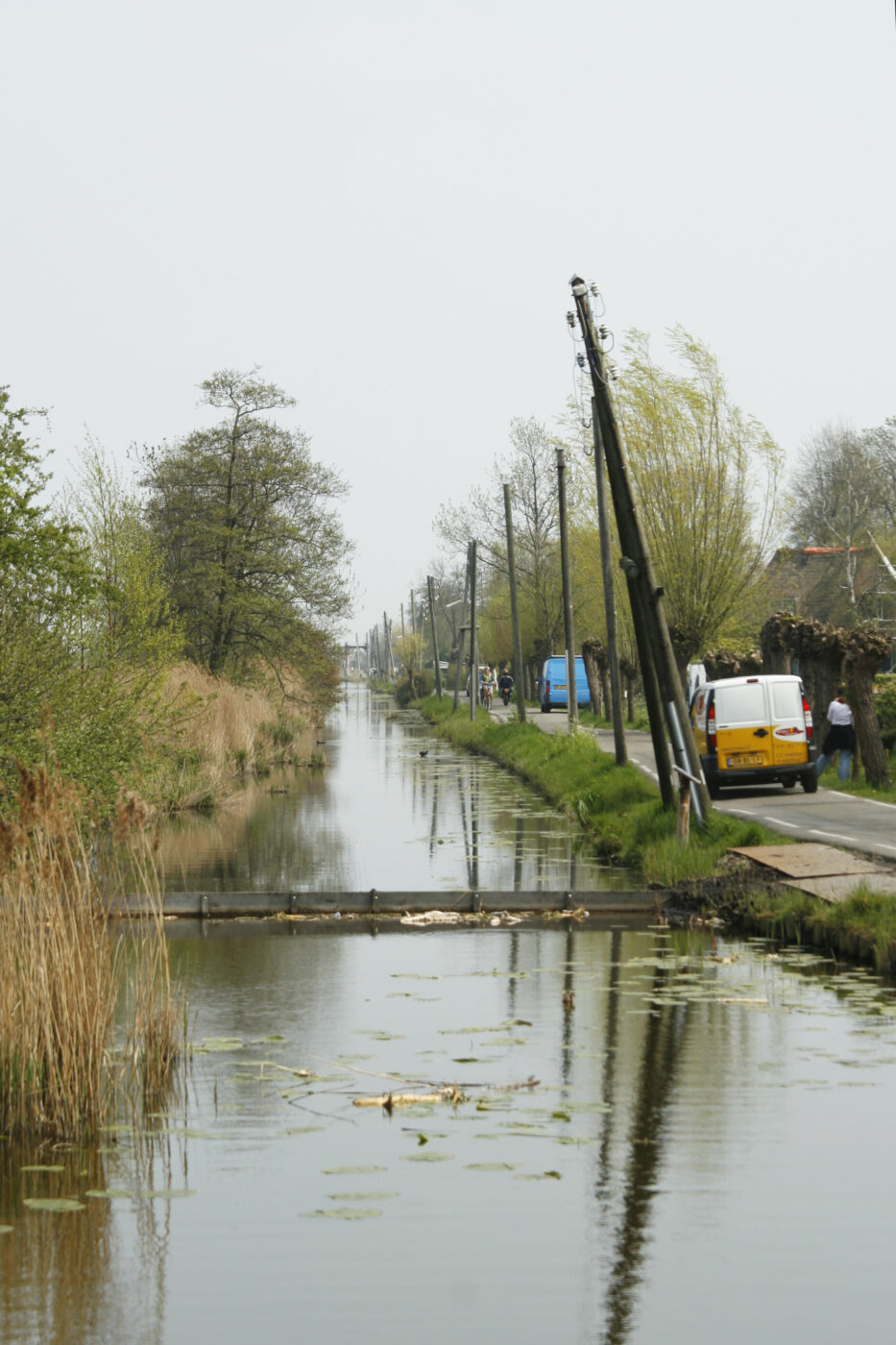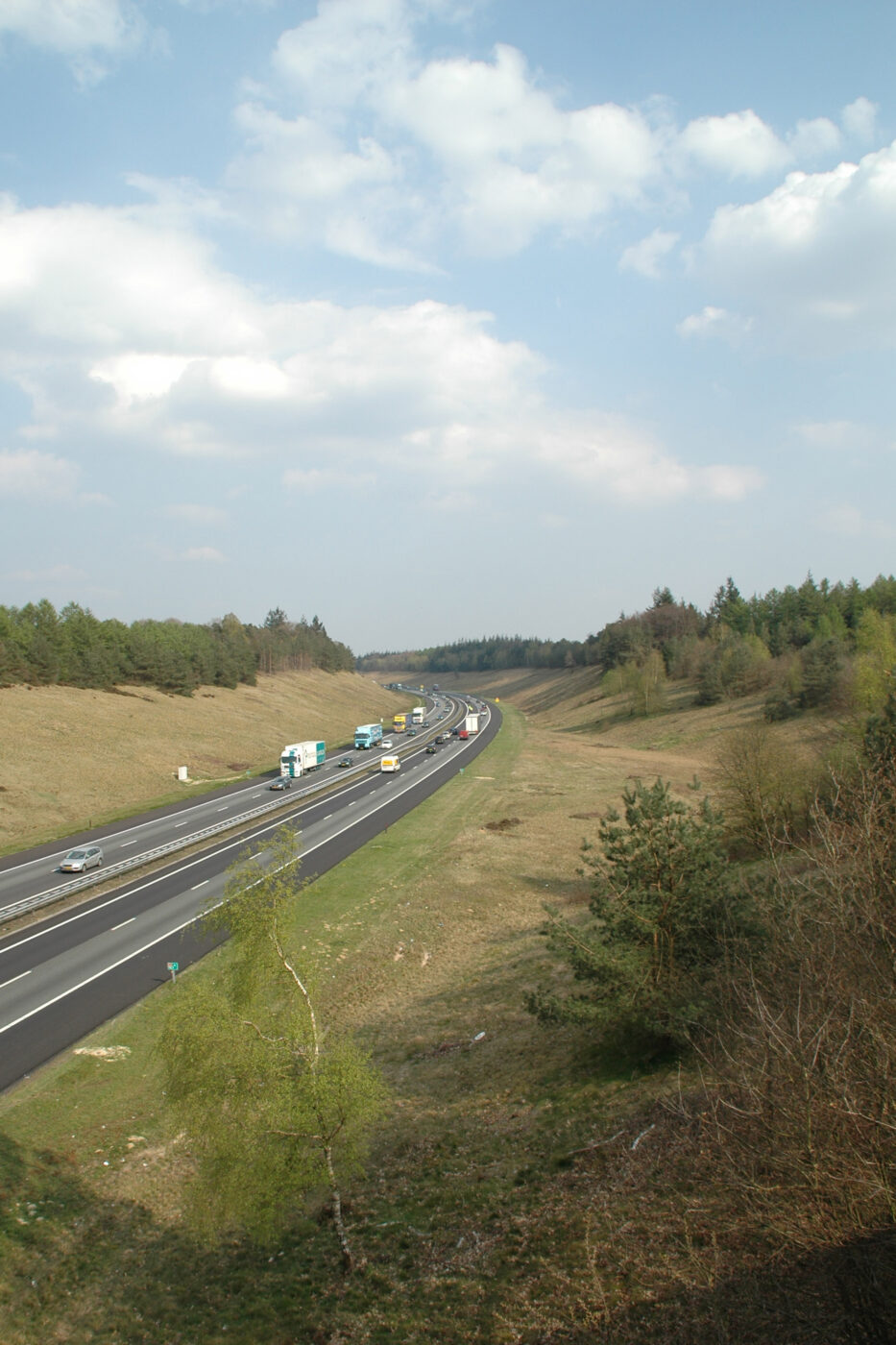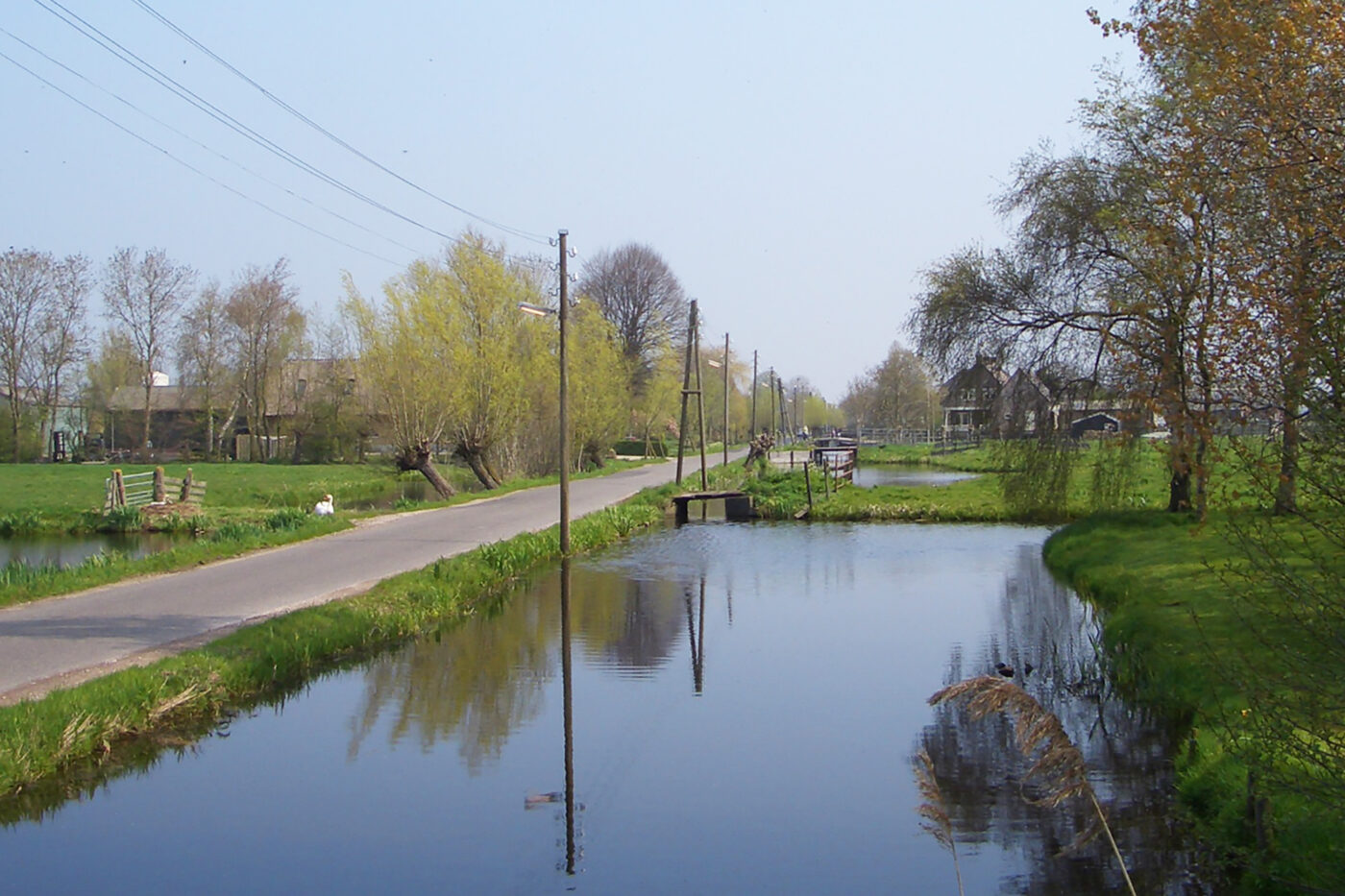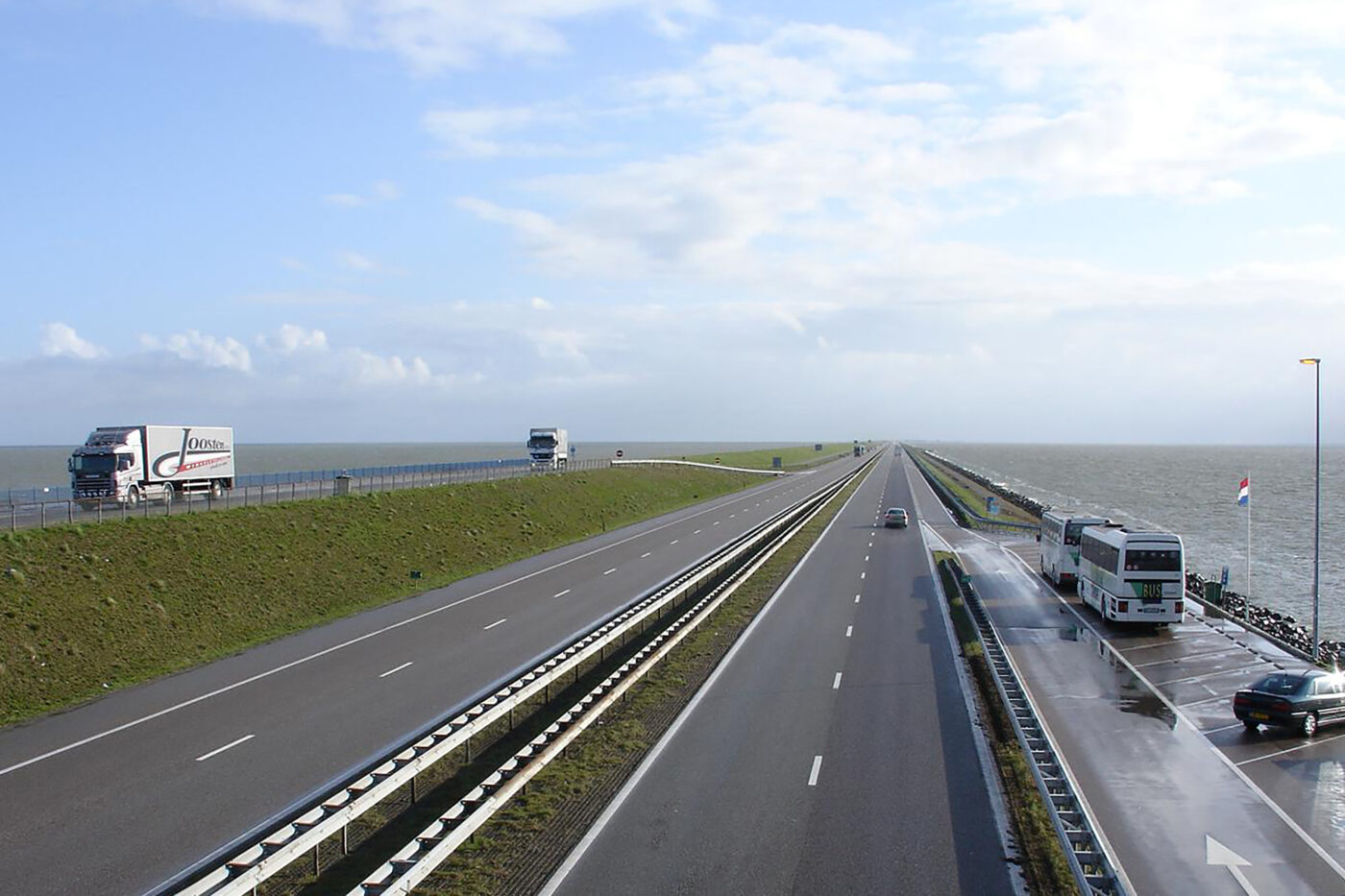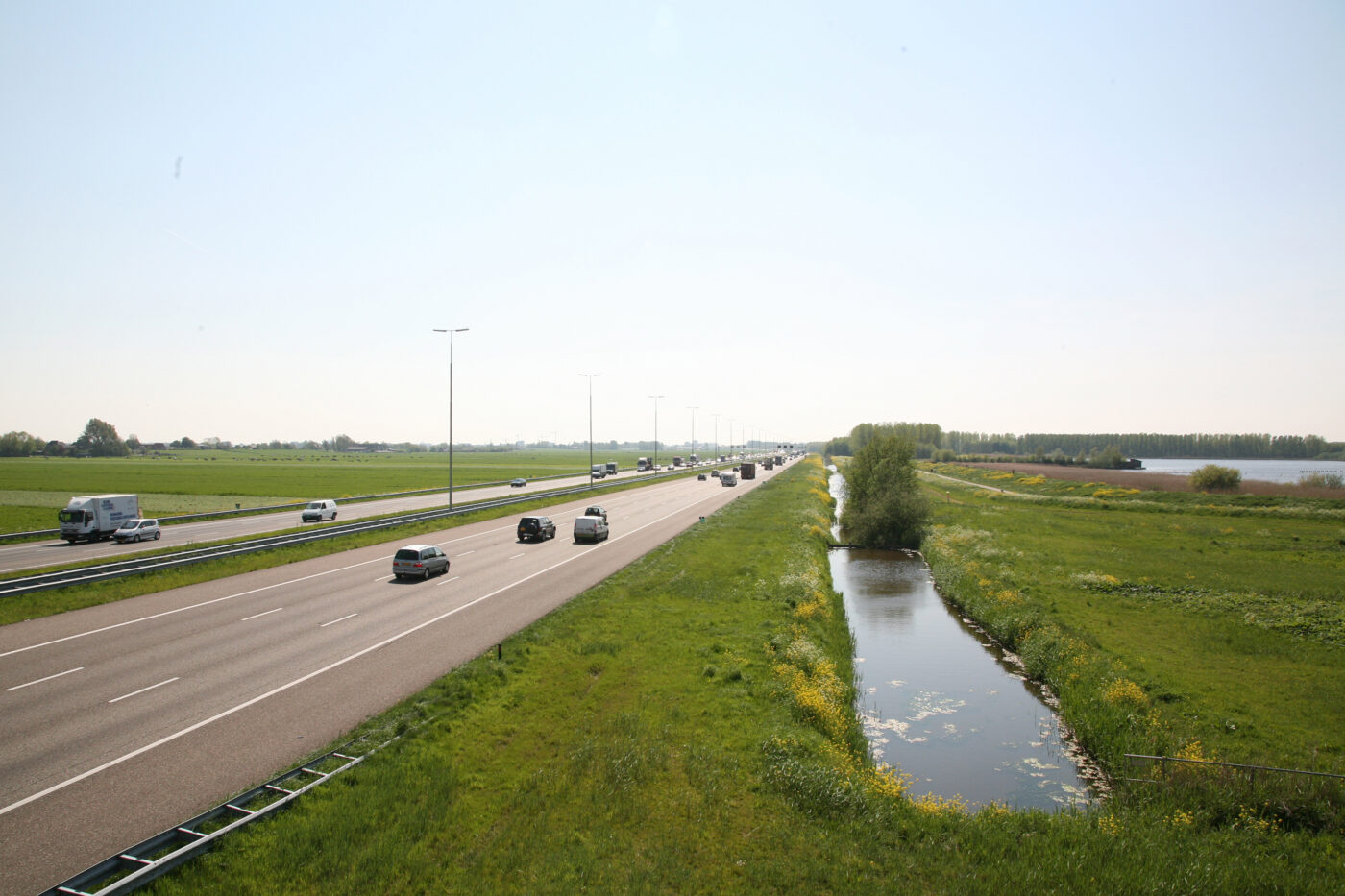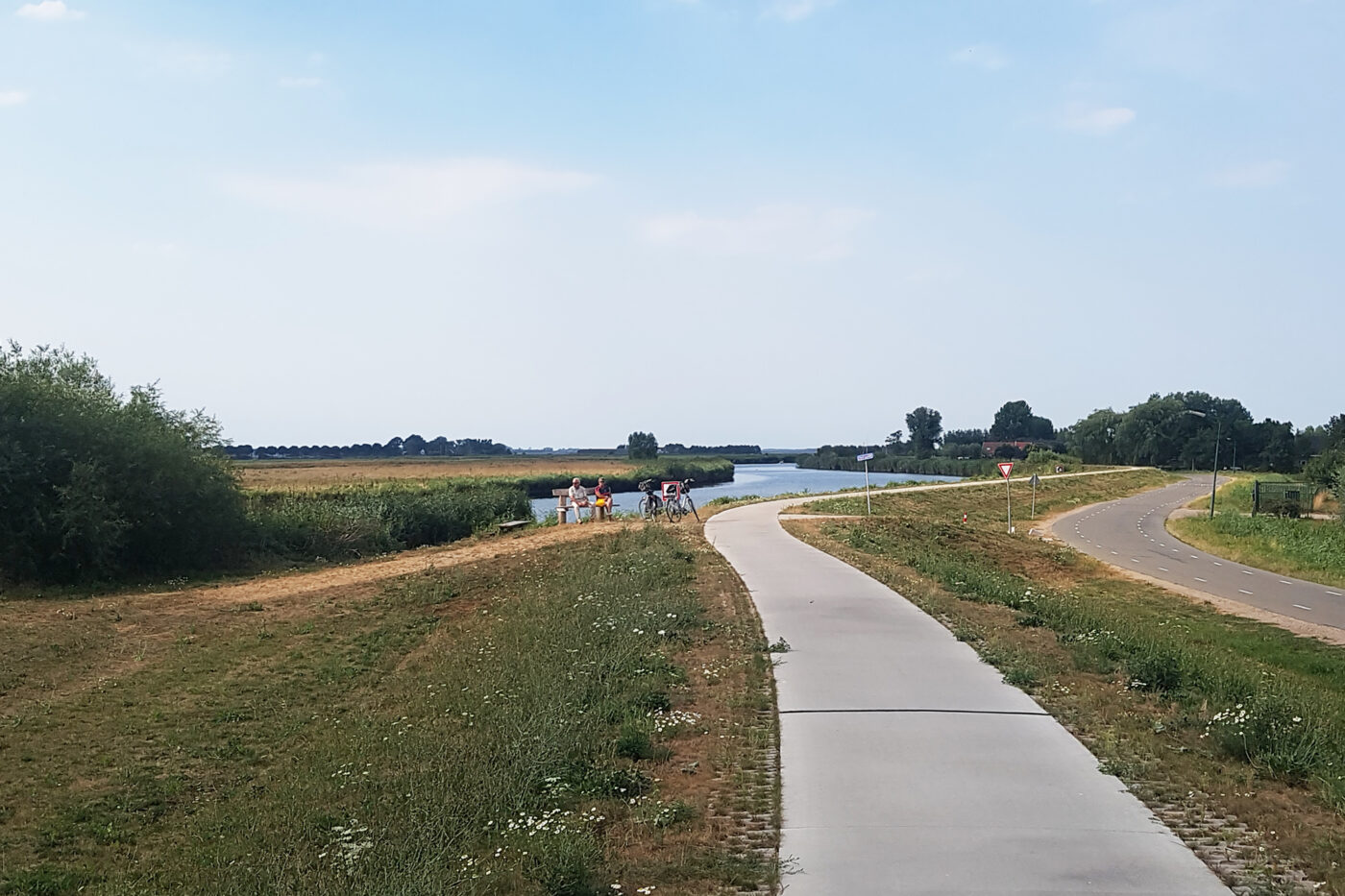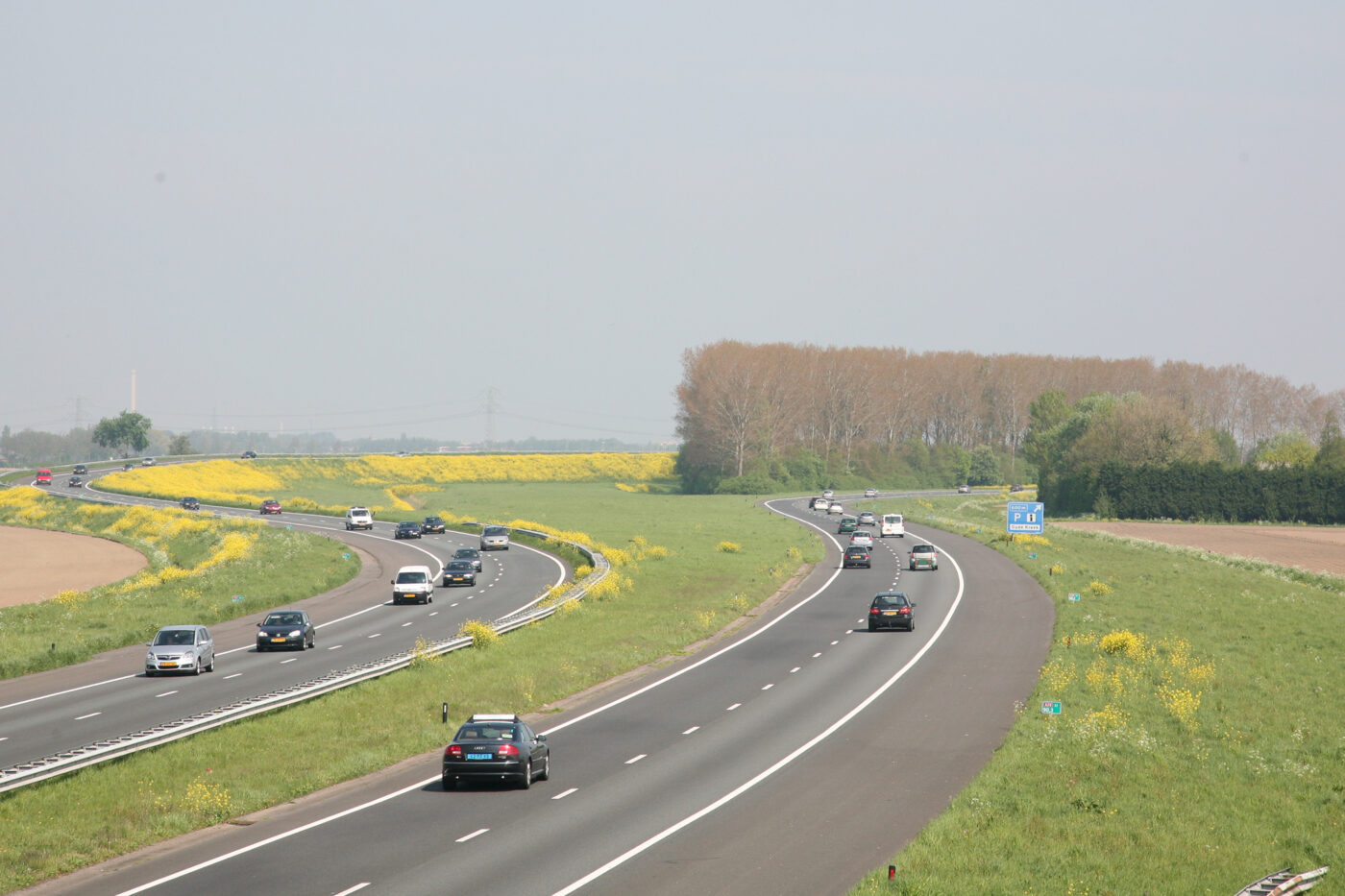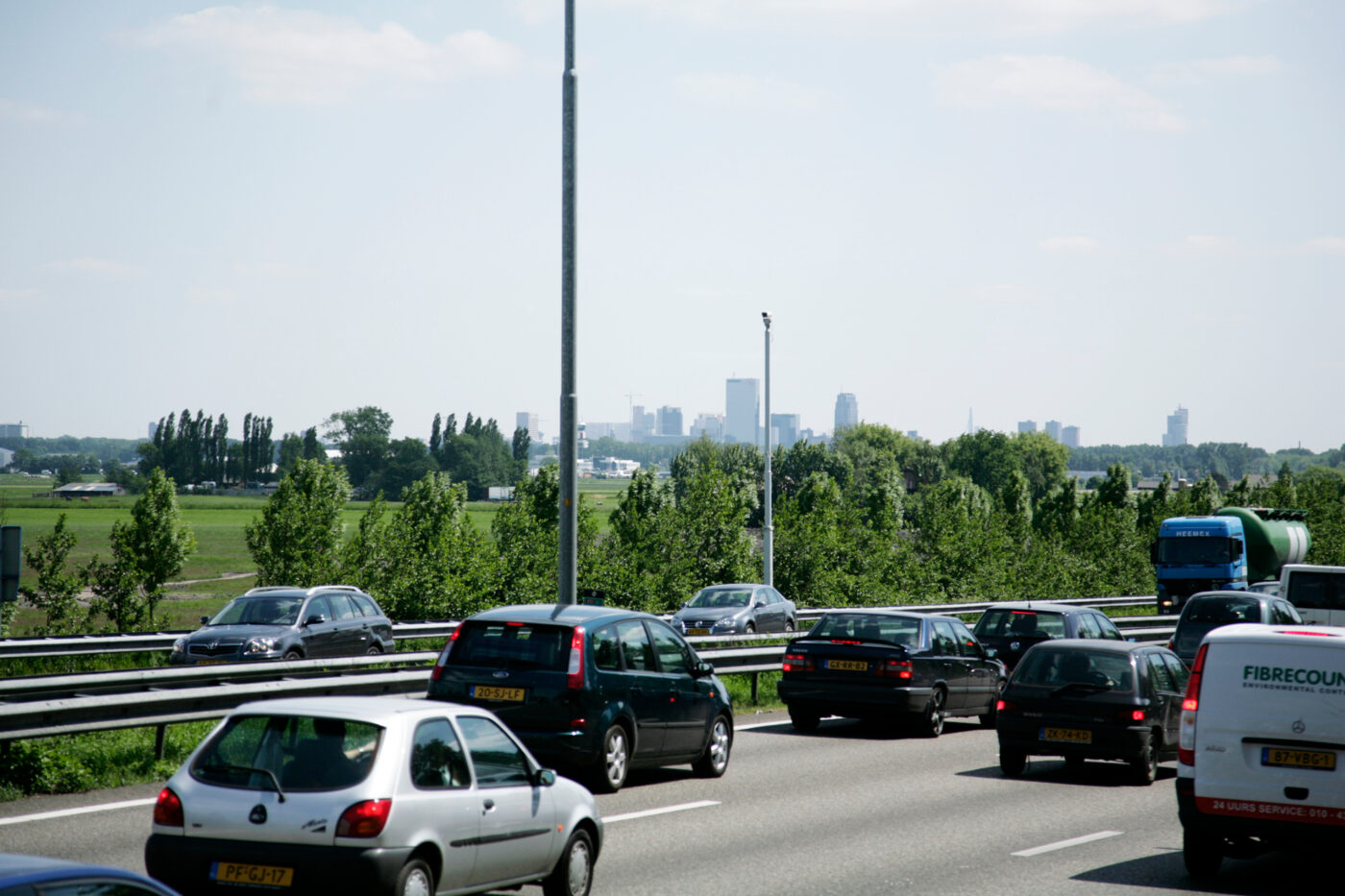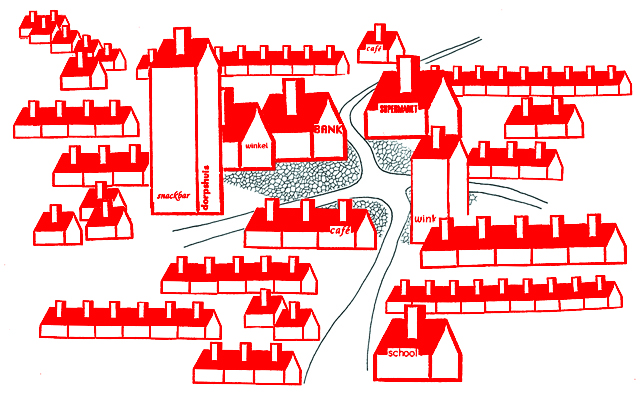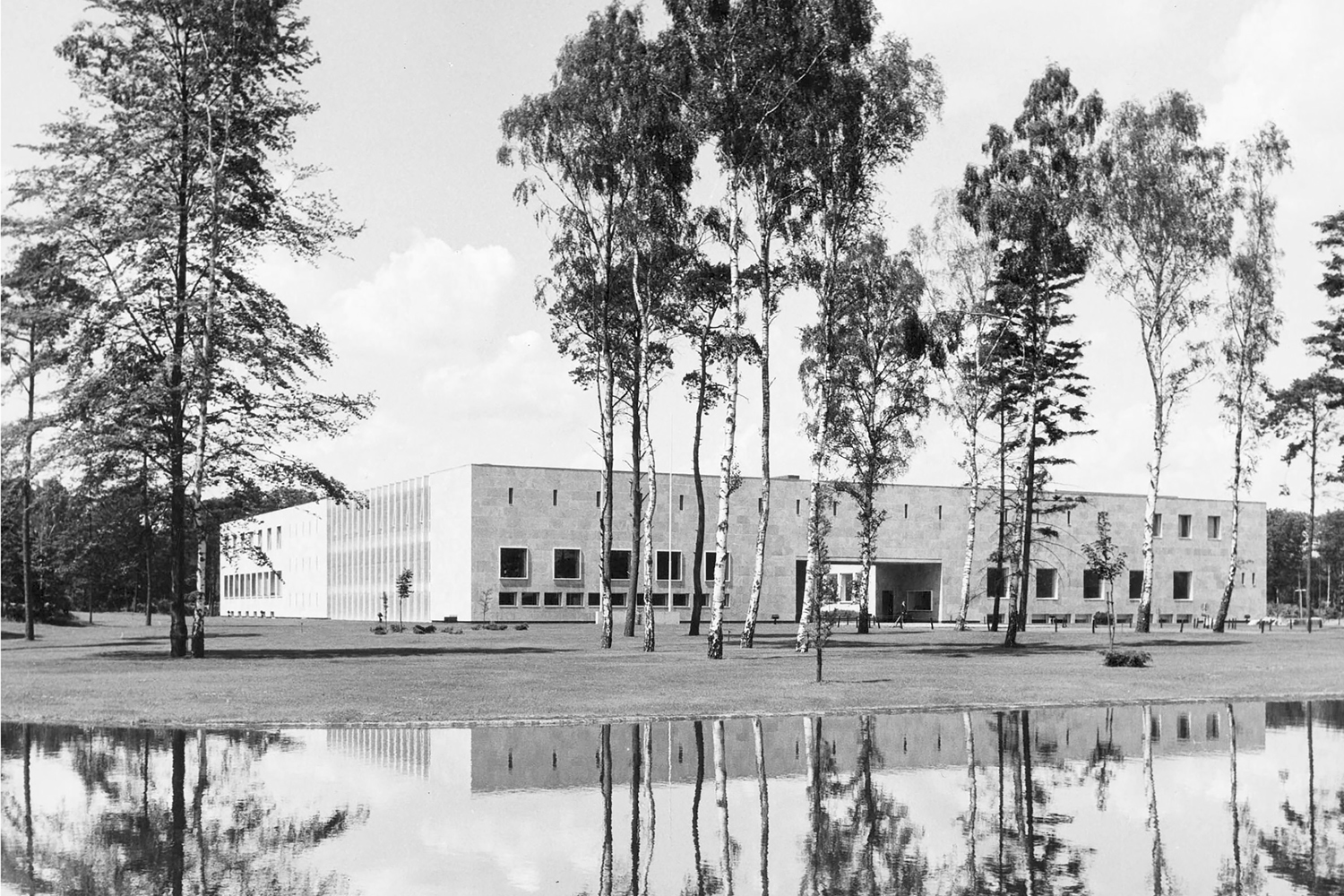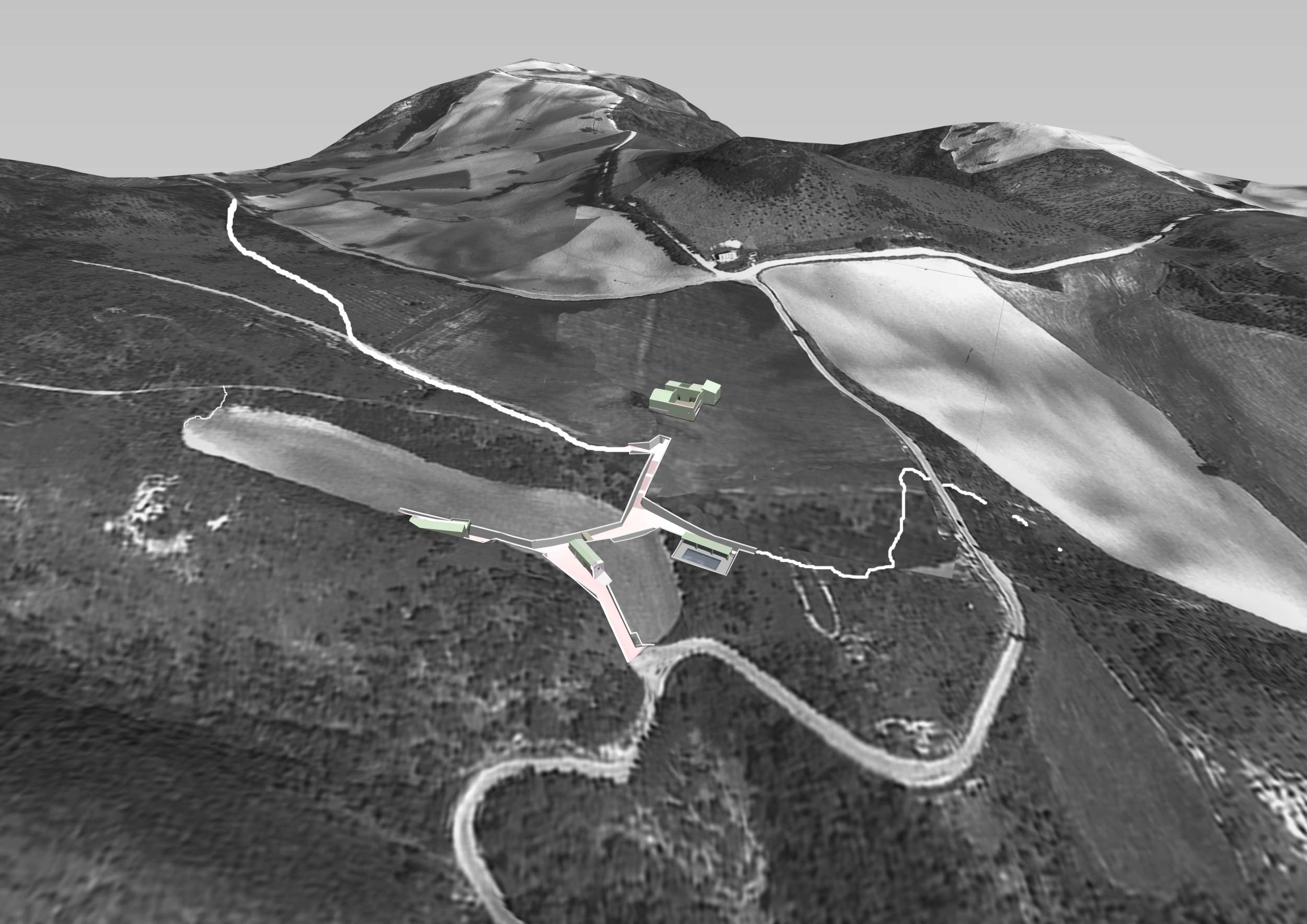In 1995, the then Prime Minister Kok observed: 'To sum it up in an image, the Netherlands has become one big city, everyone moves, you meet each other uninvited, you often get in each other's way.' And indeed, the Netherlands is one of the most densely populated countries in the world. Kok described what many people thought at the time, and perhaps have only started to feel even more since that time.
What most people don’t know, however, is that although the Netherlands is densely populated, at the same time the Randstad is the most sparsely populated metropolis in the world. In no other urban environment of this size do the inhabitants live so spaciously. The average Randstad dweller has 600m2 of land at their disposal per person. What does this number say? Not so much. But by comparison, in the second most open city in the world, Los Angeles, residents have an average of 500m2 per person. In other larger conurbations such as Berlin, Paris or Rome, this figure is 3 to 5 times lower. Yet many Randstad residents are short of breath. There is much, much of the same and it sometimes feels like there is no way out. Apparently, density is not only a matter of measurement, but also of perception. The world is as we see it. And just as we see a painting by standing in front of it, a sculpture by looking at it from all sides, so we see our surroundings by moving in it.
And so our image of city and country is formed by walking, cycling and driving. This is how we observe places and situations. Streets and roads make sequences to form the image of our landscapes and urban environments. Road patterns arrange our view of reality. If the Randstad feels like one big city, we have apparently made the streets and connections in such a way that they give us the illusion of a crowded metropolis.
Conversely, everyone can tell stories about beautiful parts of the Randstad. Where openness gives air or orders spatial coherence. Where the landscape and human intervention seem to be in harmony with each other. Since 2008, Studio Hartzema has been taking photos of special roads in the Netherlands. Panoramas, landscape and portrait, in which the image contributes to an alternating vertical movement of the gaze. From the foreground upwards and from the air to the horizon, creating an enormous depth effect. It is precisely this effect, which emphasizes the length of roads and thus the freedom of movement, that is what we are looking for.
